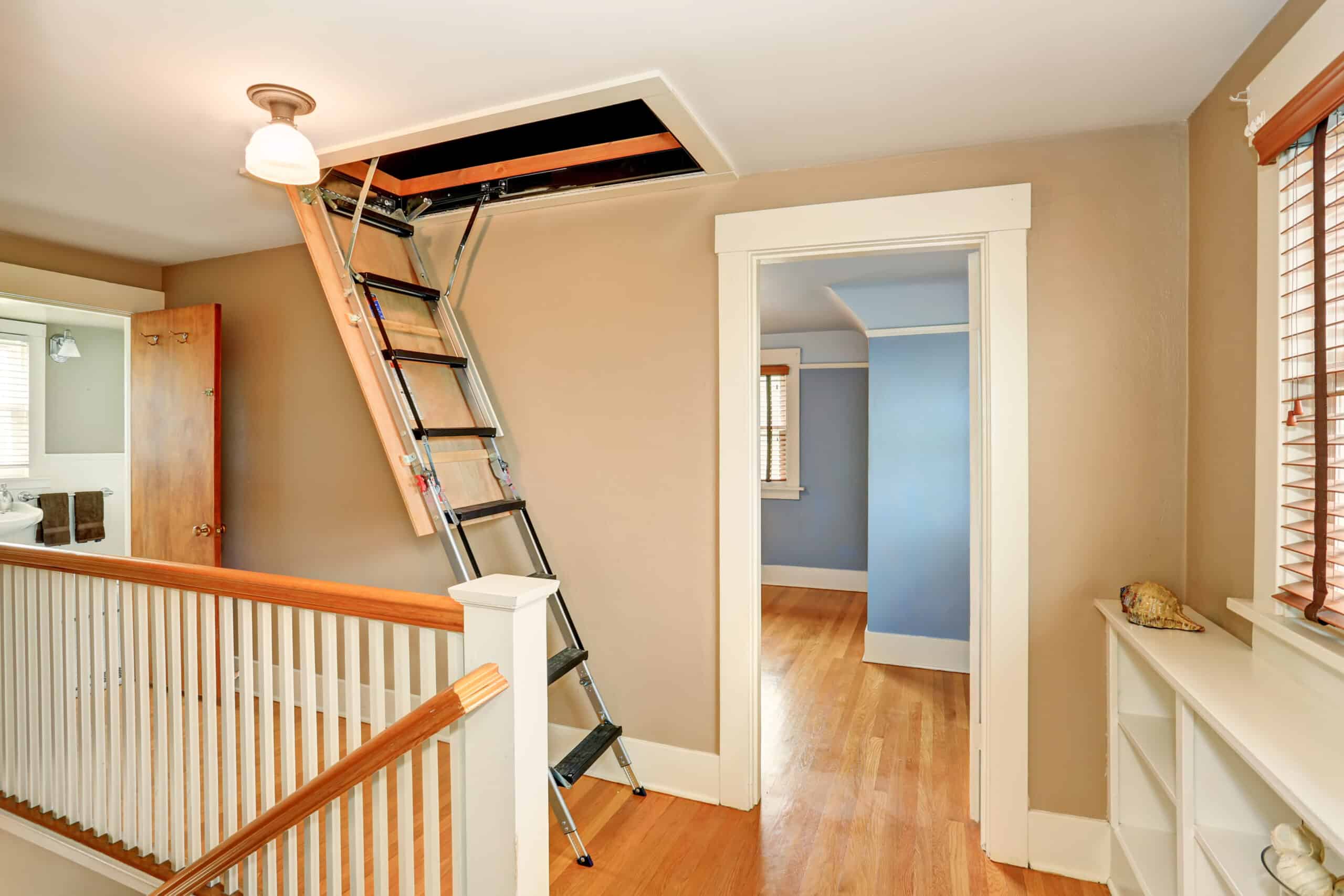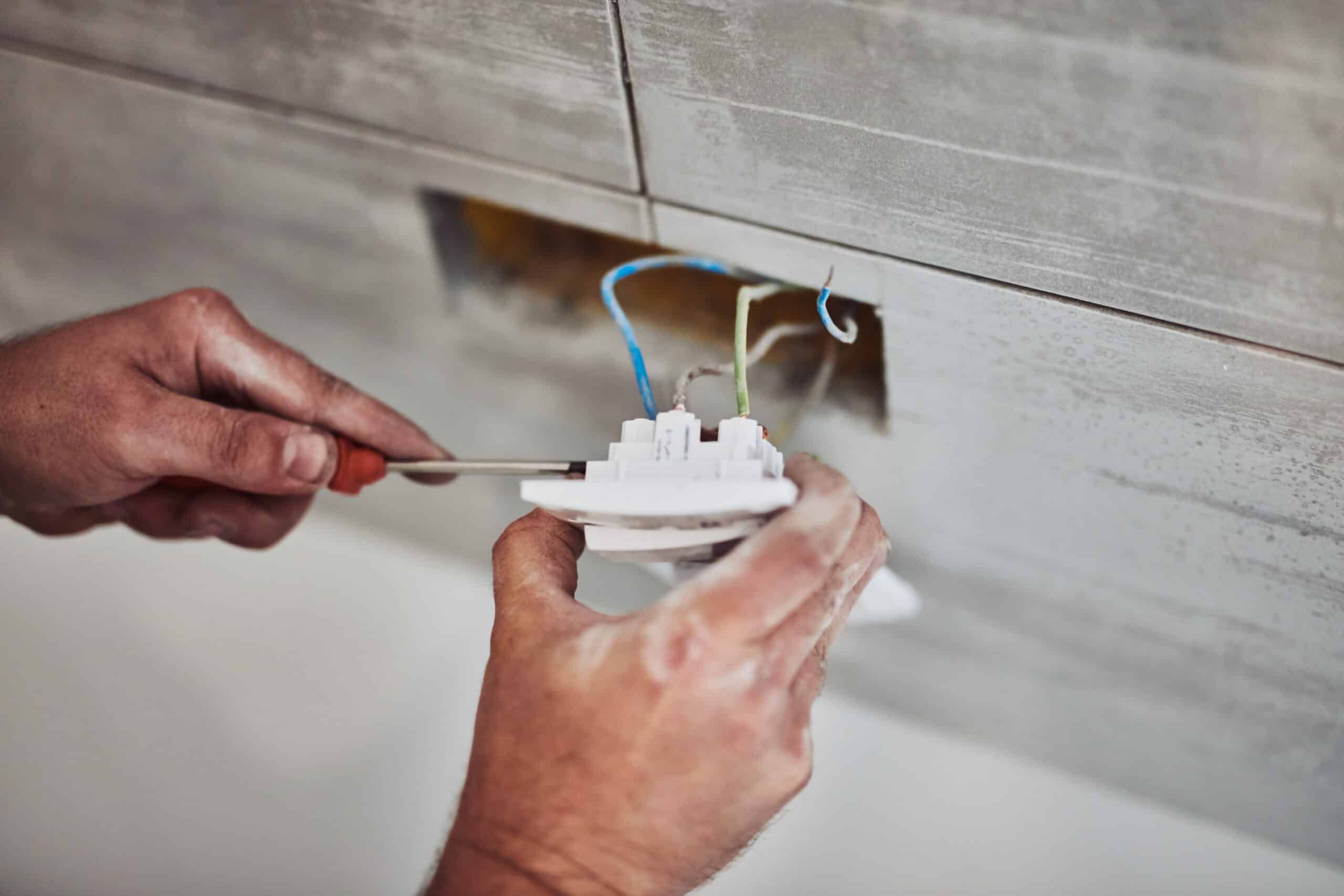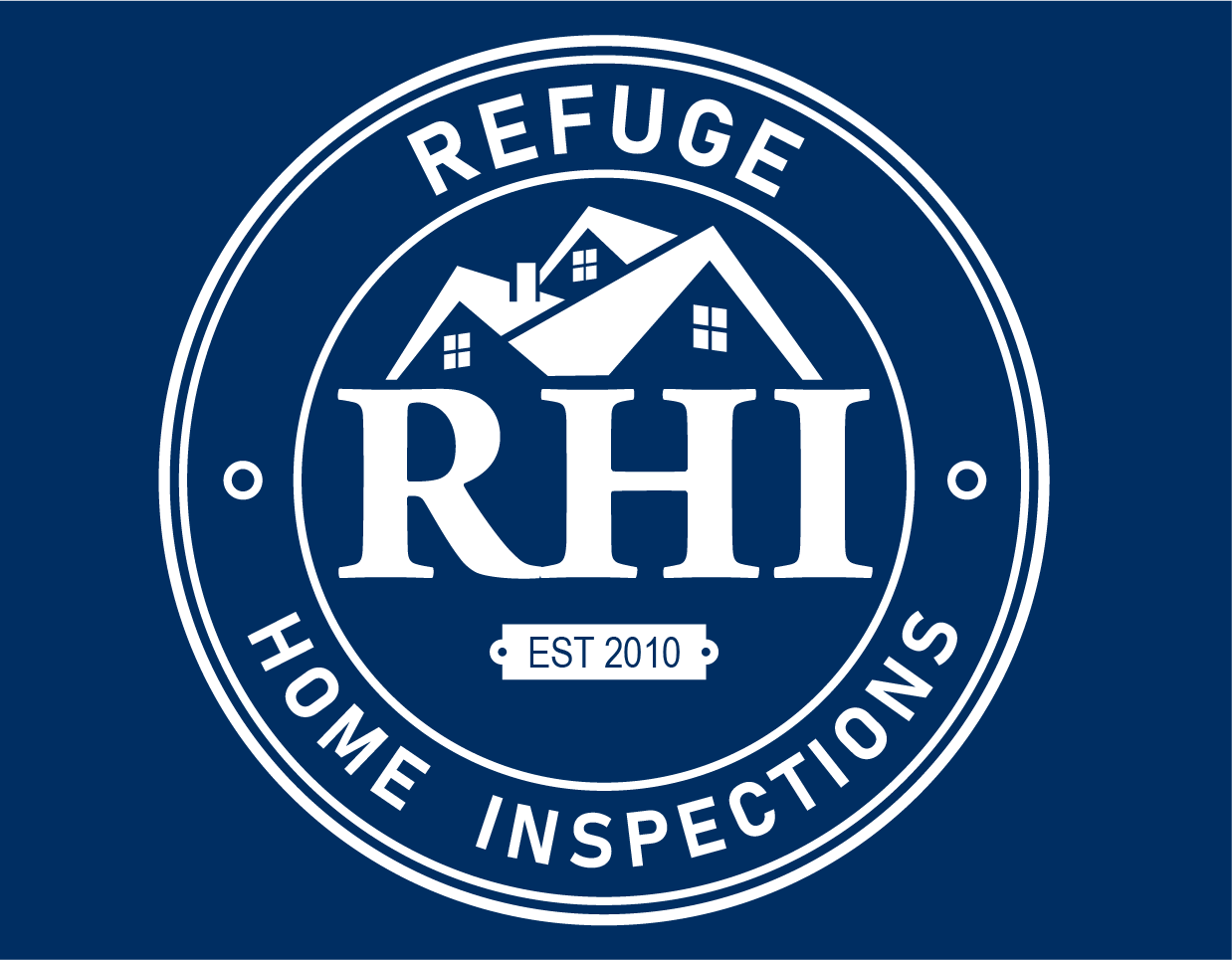You have your client’s home under contract and now it is time to prepare them for inspections. For the most part, the inspection is no different than getting ready for the open house or the appraisal. It is always important to make sure the home is clean. Most likely the buyers, along with half their family including Uncle Bob the builder, will be coming back during the inspection so it is important to keep things tidy. Buyers need to see that one of the potentially biggest purchases of their life is being taken care of every time they see the house because they see it as their new home.
Preparing the house for the home inspections is such a critical proactive step. Along with being clean, all areas need to be accessible. The inspector will run the major appliances and will need to collect some important data from them. So, all areas in front of the units will need to be cleared out. The attic access will need to be accessible. The inspector will need to be able to get a ladder into closet spaces or garages to access the attic. The crawlspace will need to be accessible. If the door uses specialty screws or is locked, this will need to be freed so an inspector can open them. If an area is hidden under carpet or a place in the deck, the inspector should be notified of its location. If these areas are not accessible, it is highly likely the buyer will feel they got shortchanged and will want the inspector to come back to look at these areas later. This will most likely be an additional fee.

It is nice for the seller to be at the beginning of the inspection if the home has some funny quirks that they feel should be explained. If it is a typical house, then a hand-written note would suffice. Often the buyer will meet the inspector at the home. If the seller is not aware of anyone else coming, this causes issues for some. It is important that the seller know that the buyer may accompany the inspector. The other issue with a seller staying at the house is them wanting to follow the inspector around and interrogate him/her about pictures being taken and how things are being written in the report. This slows down the inspection and could cause problems. Also, the inspection is being performed for the buyer’s knowledge. At the end of the inspection, the inspector will go over all items found in the report with the buyer and it is easier to do this when sellers are not present.
A typical home inspection is pretty thorough. In small homes, they can last a little over an hour. On larger homes, it is best to figure about an hour per 1000 square feet. In most cases, the inspection takes between two to three hours. When discussing time frames with sellers, tell the client to expect to be out of the home for 3 to 4 hours. This will give the inspector time to do the inspection, go over the report with the buyers, and vacate. If the agent tells a client 2 hours and the inspector is still there, they will most likely think the worst and want to question the inspector and/or you. Always err on the side of caution.
The home inspection is a confidential document between the buyer and the inspector. Calling the inspector after the inspection and asking about the report puts inspectors in a bad position. On one hand, we really do not want to upset you and on the other hand, we have a legal obligation with the buyer not to disclose any information about the report to anyone other than the buyer. Once the buyer has released the information to you, we are allowed to discuss it. The other issue is items the inspector may feel are important issues could be wildly different from the buyer’s opinion. It is just best practice to avoid putting an inspector in that position for the sake of all parties.
Now that you have received the summary with a list of requests from the buyer, it is time to help your sellers process that information. Most of the items on the report a homeowner will most likely know about, but other items they may not. It is important to go through the list and decide who, how, or if at all to fix the items. It is always recommended a licensed contractor do the repairs on a home. If you are paying a contractor, it should be done correctly the first time and if not, you have a receipt showing they were responsible for the work. Hiring a lesser qualified person or allowing homeowners to do major repairs on their own could result in negative feelings if the buyer requests a reinspection and the items were found to be improperly repaired.

Sometimes the buyer will have the inspector back out to verify that the requests were met on the response to the inspection form. The inspector will only re-evaluate those items to verify that they were corrected. If items were not done properly and a contractor did the work, all that must be done is call him back out and have it fixed properly. If a contractor is doing this work, callbacks to correct work should not be a constant problem.
All these steps move you and your seller one step closer to closing, which is the ultimate goal. It is important to remember that coaching your client through the transaction will make the transaction go more smoothly. Preparing them for the inspection, the response, and the repair phases will make both of your jobs easier and make the transaction more seamless. Using your inspector as a source for a deeper understanding of the home is also helpful as we can highlight the good before mentioning the repair items. Ultimately, we are here to help agents and sellers easily navigate our part in the home selling process.
